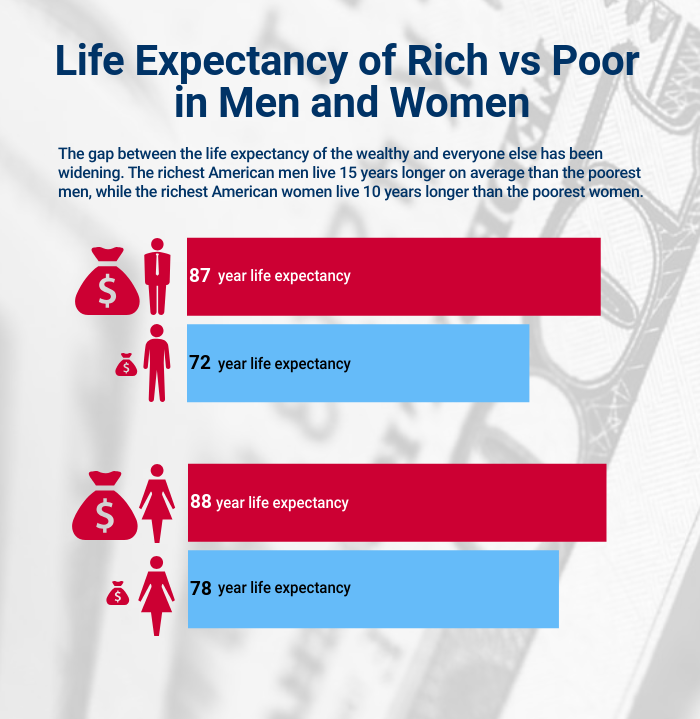The Democratic Primary and Income Inequality

I was happy to contribute a quote to Jessica Goodheart’s feature piece at Capital & Main on the focus on income inequality in the Democratic primary. I was a bit surprised that she chose a question she asked me about Joe Biden and centrist Democrats as the quote to close the piece with, as I didn’t think my answer was particularly insightful on this question (basically just saying that the idea that Biden’s centrism is what most voters actually want is a Beltway creation), but you never know with these things. More useful is the rest of the article. Here’s an excerpt:
Jennings’ lament touches on a reality felt across the country. Economic mobility is on the decline, according to a Harvard team of researchers led by economist Raj Chetty. More than 90 percent of children who were born in 1940 grew up to earn more than their parents. Only 50 percent of children born 40 years later will go on to earn more than their parents. But the top one percent is doing better than fine: The average CEO pulled in 312 times as much as the average worker in 2017, up from 20 times as much in 1965, according to the Economic Policy Institute.
The rise in economic inequality is a global phenomenon. But it is more extreme in the U.S., where social mobility has been shown to be lower than in other industrialized nations, and where the safety net is weaker and poverty more severe. Even though the U.S. spends more per capita on health care, the system covers fewer people and produces worse outcomes, including lower life expectancy and higher infant mortality rates.
If the United States had experienced the same decline in infant deaths as have other Organization for Economic Cooperation and Development member states since 1960, 300,000 fewer babies would have died over the course of 50 years, according to a recent report.Moreover, the U.S. has seen life expectancy drop during the past three years, the longest consecutive decrease since a period that included World War I and a concurrent flu pandemic. The grim combination of a rising suicide rate, especially in rural areas, and an epidemic of drug overdoses deserve the blame, say experts, but so may accelerating economic inequality.
At the same time, the gap between the life expectancy of the wealthy and everyone else has been widening, according to a 2016 study by Chetty published in the Journal of the American Medical Association.
Tackling economic inequality—and its potentially lethal effects—will require a “one-two punch,” says Steph Sterling, vice president for advocacy and policy at the Roosevelt Institute, a liberal, D.C.-based think tank. That requires putting a check on increasingly powerful corporations—the Amazons, ExxonMobils and Walmarts—and expanding government’s role where markets fail to provide for the public good.
Senators Bernie Sanders and Elizabeth Warren have in different ways taken that pugilistic approach. Warren has produced a raft of policy initiatives—including putting workers on corporate boards, enacting a wealth tax and antitrust legislation—that are intended to address racial and economic inequality and to curb corporate power.
For years Sanders has made himself Wall Street’s nemesis. Like Warren, he proposes breaking up the large banks, and he wants to hike the estate tax. He has been the leader in promoting Medicare for All and free college, ideas he regularly points out were considered outside the mainstream until only recently.
Nothing like a country that intentionally ruins itself. Even if a very progressive Democrat becomes president, it’s only the first of many steps to fix these problems. But since we know the Republican Party is fully committed to killing Americans, it’s an absolutely critical first step.


